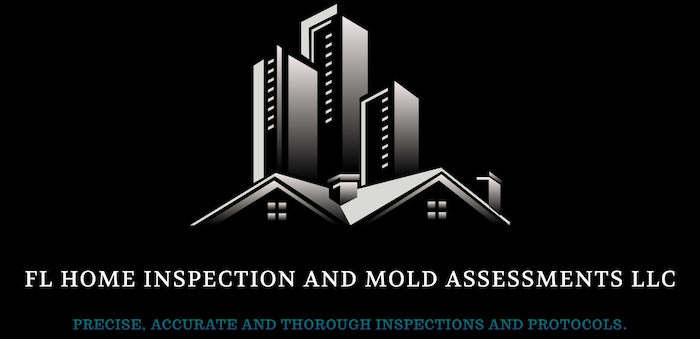Toxic molds produce mycotoxins that can pose serious health risks to humans and animals. Exposure to these molds can lead to a variety of health issues, ranging from mild allergic reactions to severe respiratory conditions and even toxic effects that can be life-threatening. Identifying and mitigating these molds effectively is crucial to maintaining a safe indoor environment. Here are some of the most commonly recognized toxic molds:
Chaetomium
Chaetomium, commonly found in water-damaged buildings and materials, is known for its musty odor. It produces mycotoxins that can cause skin and nail infections and more severe reactions when ingested or inhaled.
Trichoderma
While some species of Trichoderma are beneficial in biotechnology, certain strains can be harmful. These molds are often found in damp areas and can produce trichothecene mycotoxins, which are potent toxins that affect the immune and nervous systems.
Fusarium
Typically found in soil and plants, Fusarium can contaminate indoor environments and is known for the fusarium ear in crops. It produces toxins, including fumonisins and trichothecenes, which are dangerous to humans and animals. Exposure can lead to symptoms such as dermatitis, respiratory disorders, and even more severe systemic infections.
Memonilla
Less commonly known but still concerning, Memonilla molds can be associated with indoor environments and produce mycotoxins. While specific health effects related to human exposure are less documented, any mycotoxin-producing mold in indoor environments is a cause for concern and should be addressed.
Stachybotrys
Often referred to as “black mold,” Stachybotrys is notorious for its health impacts due to mycotoxin production. It thrives in constantly moist environments, such as those affected by water leaks or high humidity. Exposure to Stachybotrys spores can lead to serious health issues, including respiratory problems, chronic fatigue, and neurological disorders.
Suppose you suspect the presence of these or any molds in your home or workplace. In that case, it is crucial to seek professional assessment and remediation to ensure the safety and health of all occupants.

